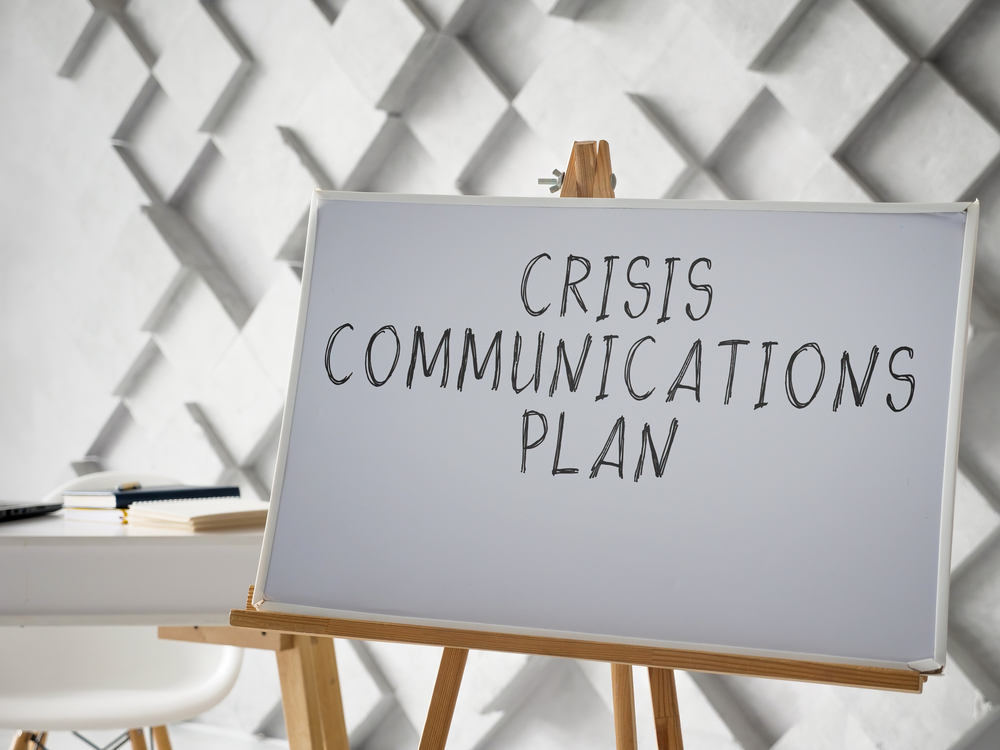All Blogs, Image Management, Public Relations Industry
When Bad Things Happen to Good Brands

When Warren Beatty misread the Academy Award for Best Picture winner as La La Land at the 2017 Academy Awards (the winner was actually Moonlight) the gaffe quickly became one of the hottest topics in the public relations and media worlds. It led the front pages of the New York Daily News and New York Post and was covered ferociously by media outlets from TMZ to The Hollywood Reporter.
PricewaterhouseCoopers (PwC), the renowned accounting firm that for 83 years had managed voting for the Academy of Motion Picture Arts and Sciences and was responsible for the evening's historic mix-up, faced a major PR crisis for its brand and public reputation. For an institution built on a reputation of accuracy and integrity, the La La Land gaffe compromised both assets to a global audience of 32.9M viewers.
In our crisis management experience for a variety of clients, there are several clear steps companies must take to come out on the other side of a crisis like this one.
A Crisis PR Playbook
Step One: Immediately Take Responsibility for The Error
PwC’s response to the crisis was swift – the most critical factor in handling crisis situations. They immediately released a statement taking full responsibility for the error and assuring the public that the Academy, presenters and host were not at fault for the mistake. This not only helped cap the bleeding, so to speak, but also served to preserve the reputation of the Academy and its brand – and ultimately PwC’s relationship with them, which the firm was invested in maintaining.
Step Two: Distance The Brand from The Mistake
PwC’s well-crafted statement after the gaffe attached the blame to one accountant, Brian Cullinan, and singled him out for not following the firm’s established protocols – illustrating that they held their employees and their work to the highest standards. This deliberate wording served to separate the larger brand of the firm from the error. In subsequent interviews with the media, PwC representatives called the mistake a result of “human error,” reinforcing that this mistake was made by one individual and affirming that PwC’s reputation for accuracy has not been compromised as a whole.
Additionally, PwC prevented the accountant responsible for the error from speaking publicly. This allowed them to both control the message and reiterate that the accountant at fault did not speak for or represent the brand.
Step Three: Keep on Keeping on
One of the key steps to repairing a brand’s public image is to draw from the depth of the company’s reputation and affirm it through the next steps they take as a company. After a company in crisis has taken responsibility and worked to smooth over brand issues, the next step is to get back to business. Rather than lingering on the obvious crisis, PwC shifted back to their day-to-day efforts and refocused the public narrative on the issues best associated with the firm – financial services, banking, capital markets and investments.
Return to Regularly Scheduled Programming
By shifting back to their “regularly scheduled programming,” PwC effectively avoided further scrutiny and quietly restored their image as a firm that could be trusted with the Academy’s votes. By following the steps outlined above, the firm maintained its reputation for accuracy and integrity long after #EnvelopeGate passed.
Over twenty years representing some of the nation’s most celebrated social changemakers, nonprofit organizations and social movements, The TASC Group has navigated a plethora of wide-ranging and highly publicized crises. By following these simple steps, individuals can ensure that their brand survives a public crisis and can seamlessly return to ”regularly scheduled programming.”

